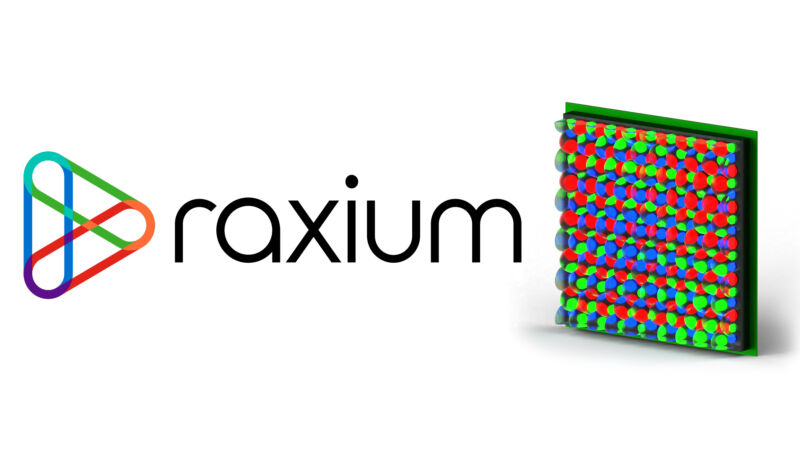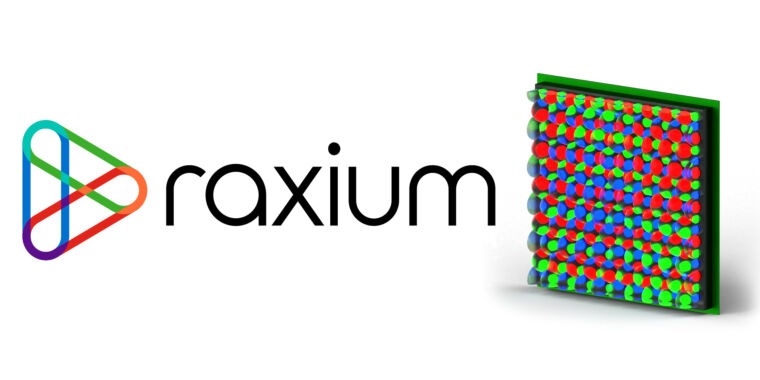
Google is adding more fuel to the AR fire burning within the company. The information reports that Google has struck a deal to buy Raxium, a “five-year-old startup developing small light-emitting diodes for displays used in augmented and mixed reality devices.”
Raxium has not released a commercial product, but his work revolves around micro-LEDs, which can create the kind of small displays that AR devices need. Today, pretty much everyone is buying their OLED display technology from Samsung, but Micro-LEDs are expected to be the next big thing, and there’s no clear winner in that market yet. Apple has been investing in the technology for some time and bought a Micro LED startup in 2014, while Meta has partnered with a company called Plessey for Micro LED technology. The juggernaut Samsung is also interested in the market and already sells Micro LED TVs.
Google’s latest wave of AR development includes job openings for an “Augmented Reality OS” that promises to reach “billions” of people and a “Project Iris” AR headset. The hardware department also bought a company called “North”, which made AR glasses that looked normal. That ‘Project Iris’ headset should be released in 2024.
VR and AR contribute a lot to the Google Graveyard
It’s fair to compare Google’s AR gear to the company’s VR efforts in recent years, especially since VR was led by the same team with the same leader, Clay Bavor, who is now VP of the “Google Labs” division. “. Google’s VR efforts from ~2014 to 2021 include several acquisitions and hires and a ton of rumours. Google met with chip suppliers to ensure the necessary features would appear on future phones and set hardware requirements for OEMs. The company has built VR support into Android with a lot of hardware support and what you might call a “VR OS”, which includes a VR user interface for the settings pages, a VR launcher and a VR Play Store. Google brought VR support to YouTube and built the world-class VR painting app “Tilt Brush”.
But the result of all that work and a million years of rumors was a lot of products that are no longer around today. Google Cardboard, a phone-powered VR headset made from literal cardboard, lasted from 2014 to 2021. Google Daydream, a phone-powered plastic VR headset with a small controller, lasted from 2016 to 2019. Fully standalone Daydream VR headsets came out in 2018 and died a year later with the rest of Daydream. VR support was removed from Android in 2020 and Tilt Brush lasted from 2016-2021. Daydream and Cardboard were both fairly well received initially, but Google’s bar for product survival is very, very high.
There’s also the wave of AR/VR development that happened before all the Daydream/Cardboard stuff. Project Tango, which first brought AR to phones through numerous specialized sensors, lasted from 2014-2017. Tango eventually morphed into Android’s ARCore, which does similar AR effects using off-the-shelf hardware. That effort is still relevant today. Before that, there was Google Glass, which was never 3D augmented reality. Glass was more of a smartphone-style 2D interface projected into a transparent lens in front of your eye. Glass insists it’s still alive and still selling to business consumers, but the consumer wing lasted from about 2012 to 2015.

